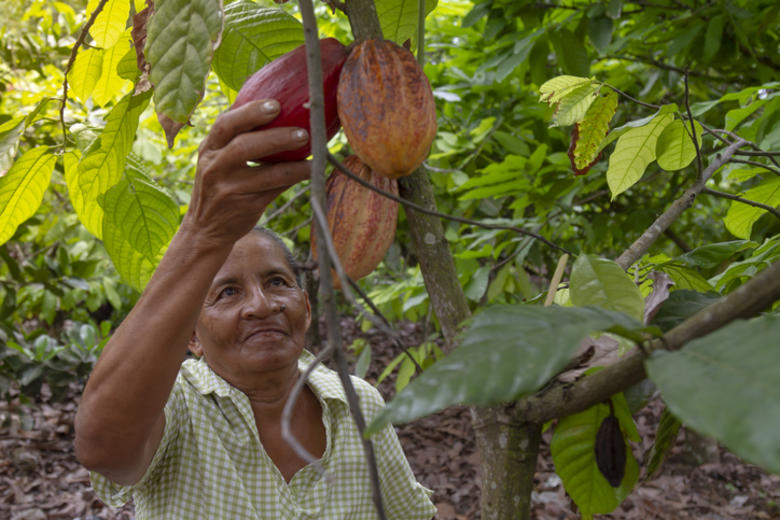WHAT DO COUNTRIES NEED TO AGREE AT COP26?

WHAT DO COUNTRIES NEED TO AGREE AT COP26?
‘How can we meet our long-terms goals, when our short-term targets fall radically short of what is necessary?’ asks Professor Lavanya Rajamani
Published: 3 November 2021
Share this article
‘How can we meet our long-terms goals, when our short-term targets fall radically short of what is necessary?’ asks Professor Lavanya Rajamani, the international legal expert with first-hand experience of the complicated world of international climate negotiations.
Oxford Professor Rajamani is a specialist in international environmental law and an expert in all things COP26. Not only does she understand the international legal architecture, she is also an authority on the complex interactions and negotiations that will dominate the climate conference.
Pointing out that national pledges to cut emissions do not put us on track to even meeting a 2C temperature limit, she says, there will be two main areas to watch at COP26:
- The final elements of the rulebook under the Paris Agreement which are expected to emerge from the negotiating process
- The updated and revised short-term emission reduction pledges from States, and associated financing support for developing countries
In relation to mid-century Net Zero GHG targets by states, she asks "are these pledges credible, accurate and fair?’ and, ‘Are short term actions [by Governments] in line with their Net Zero GHG pledges?’
Professor Rajamani has an impressive track record in the field of climate negotiations, having tracked discussions both as a negotiator, for the Alliance of Small Island States and as a legal adviser to the UN Climate Secretariat, the Danish Ministry of Climate Change and the Indian Minister of Environment. She was also part of the UNFCCC core drafting and advisory team for the 2015 Paris Agreement.
Find out more about Oxford's research here: http://bit.ly/trueplanet















